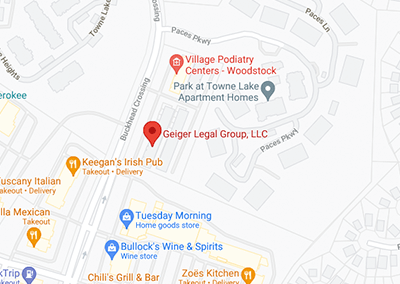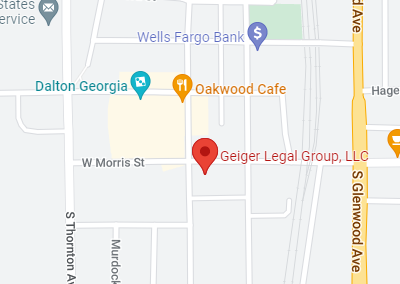How to Keep a Pain Journal After an Accident

While pain may not be visible on the outside, it can be the worst thing someone experiences after an accident. It affects your comfort in daily life, ability to earn a living, and enjoyment of hobbies.
You deserve to be compensated for these losses. But how do you prove such an inherently subjective thing as pain? The answer is by keeping a pain journal. Medical professionals also believe that recording pain helps people to release it, improving their emotional outlook in the process.
How a Pain Journal Helps Your Personal Injury Case
You have likely heard the term “pain and suffering.” It refers to any of the following things that someone injured in an accident might feel:
- Physical pain
- Anxiety
- Depression
- PTSD
- Lost enjoyment of life
- Embarrassment
- Suicidal thoughts
Pain and suffering is a non-economic losses with no fixed cost. If you can prove that a negligent party caused your pain, you could still secure valuable compensation for it.
When updated regularly, a pain journal is one of the most concrete ways to show a judge or jury how you feel and how the accident affected your life. It can also help you remember important details, track your symptoms after the accident, and reinforce the medical documentation in your case.
When to Start a Pain Journal
It’s best to start keeping your pain journal as soon as you are physically able. Beginning sooner will help you remember the earliest details of the accident and your injuries. It also paints a more vivid picture of your feelings for a judge or jury to evaluate.
Any blank notebook will work to start a pain diary. You can also purchase a specially tailored journal online or print out templates to fill in and keep in a binder.
Recording Pain Journal Entries
After starting your personal injury journal, you should record one to three new entries every day. You don’t need to make a new entry for each instance you feel pain or distress, as this might shift your focus to your negative feelings more than is healthy.
For each entry, write down the date and time. Then, record information on the following topics:
- Describe the pain – Write down where your pain is located, using adjectives to describe how it feels. The more detail you provide, the better.
- Rate the pain – Use a scale of 1 to 10, with 10 being the absolute worst, to rate your pain and distress.
- Explain the context – What were you doing when the pain or distress set in? Did it interrupt or stop you from doing a daily task or pastime? How does it affect your work life?
- Talk about treatment – Record information on your doctor visits, medications, and procedures. Are they helping you?
- Include pictures – Take photos of your injuries regularly to show how they change over time, for better or worse.
Contact a Canton, GA Personal Injury Lawyer
The Canton personal injury lawyers of Geiger Legal Group, LLC are here to help. Our goal is to support people in Cherokee County after an accident changes their life. We’re a family-run law firm passionate about serving our community. When you let us handle your case, our focus is on your best outcome – not our bottom line. To learn more about how we can help you, contact us today for a free consultation.














